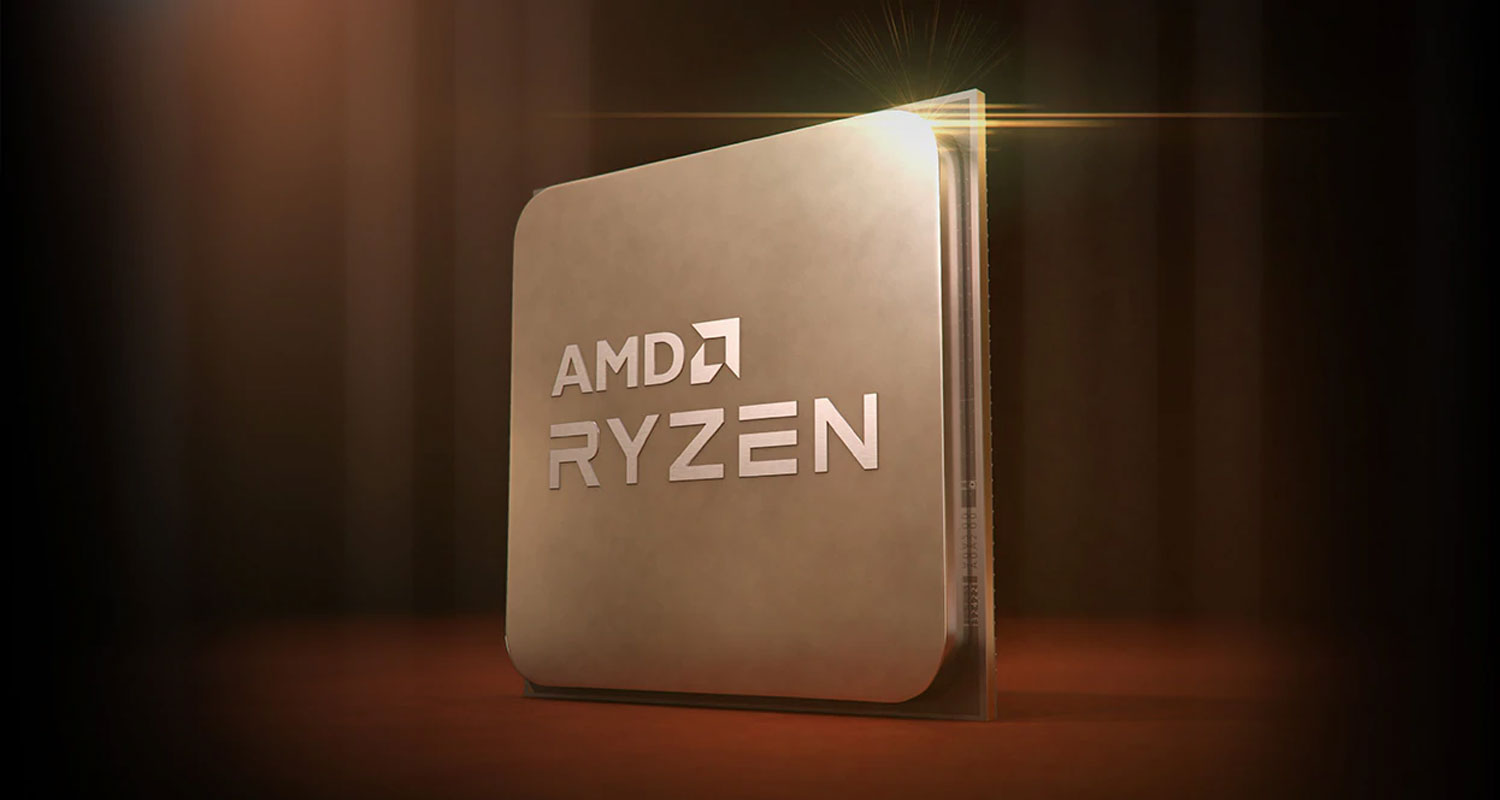 Analysts are betting that AMD will be one of the few semiconductor companies that grows in 2023, even as talk of a downturn in the chip sector dominates the headlines.
Analysts are betting that AMD will be one of the few semiconductor companies that grows in 2023, even as talk of a downturn in the chip sector dominates the headlines.
The semiconductor company will report rising sales and earnings this year, Wall Street firms say, and they expect the stock price to follow: AMD’s shares are likely to jump 19%, based on brokers’ average price target, more than its biggest US peers such as Intel and Nvidia.
The bullishness reflects AMD’s steady progress in chipping away at Intel’s hold on the lucrative market for processors used in server computers, as well as possible gains when Meta Platforms re-accelerates spending on chips used to power its metaverse project. AMD’s fourth quarter results, due after the market closes Tuesday, are likely to show a small sales increase and investors will be focused on the outlook for this year.
“AMD is still posting reasonably strong growth in its key data centre unit, while Intel is sputtering,” said Dan Morgan, a senior portfolio manager at Synovus Trust Co, which owns stakes in both companies.
A year of outperformance against Intel would mark a return to form for AMD after a disappointing 2022, when the stock lost more than half its value versus a 49% drop for Intel.
That aside, AMD has been on a more than two-decade run versus Intel: at the peak of the Internet stock bubble in 2000, Intel was the industry whale, with a market value of $500-billion, while AMD was a minnow at $11.7-billion. Now the companies are roughly the same size at about $116-billion.
Watch | Everything PC S01E01 – ‘AMD: Ryzen from the dead’
Intel has been slow to introduce new products in recent years, allowing AMD to lure away customers, and now it’s getting hit by the slowdown in PC sales. Intel last week forecast one of the worst quarters in its history, and the company is eliminating jobs and slowing spending on new plants in an effort to save as much as $10-billion.
Intel’s hold has slipped
AMD, meanwhile, probably will report a 3% increase in earnings per share this year and a 6% rise in revenue, based on the average analyst forecast. Intel is forecast to report double-digit declines in both measures.
Earnings for chip companies more broadly will fall 21% this year, according to analyst estimates compiled by Bloomberg Intelligence, At the end of October, they were expected to drop 9.1%. There’s been a similar trend for revenue, which analysts see falling 6.9%, compared to a 0.6% decline expected three months ago. Samsung Electronics, which supplies semiconductors used in Apple’s iPhones, said on Tuesday it expected a recovery in chips to begin only in the second half of the year.
Read: AMD launches new data centre CPU in challenge to Intel
Intel still dominates the market for processors used in servers, with a share of more than 70%, according to Mercury Research. However, its hold on that lucrative market has slipped as the chip maker was slow to introduce new products in recent years and some customers also develop in-house chips to replace Intel processors.

Blayne Curtis from Barclays upgraded AMD to overweight last week, saying that the company’s platforms should drive further share gains versus Intel this year. Given the high expectations in the stock, a disappointment won’t be taken well.
“AMD’s report and guidance is going to be very important for the stock,” said Matthew Maley, chief market strategist at Miller Tabak + Co. “If their guidance is negative despite the fact that they’re taking market share from Intel, it’s going to be very negative. It’s going to tell us that the entire industry is under even more pressure than they were in the second half of last year.” — Subrat Patnaik, with assistance from Ryan Vlastelica and Michael Msika, (c) 2023 Bloomberg LP




